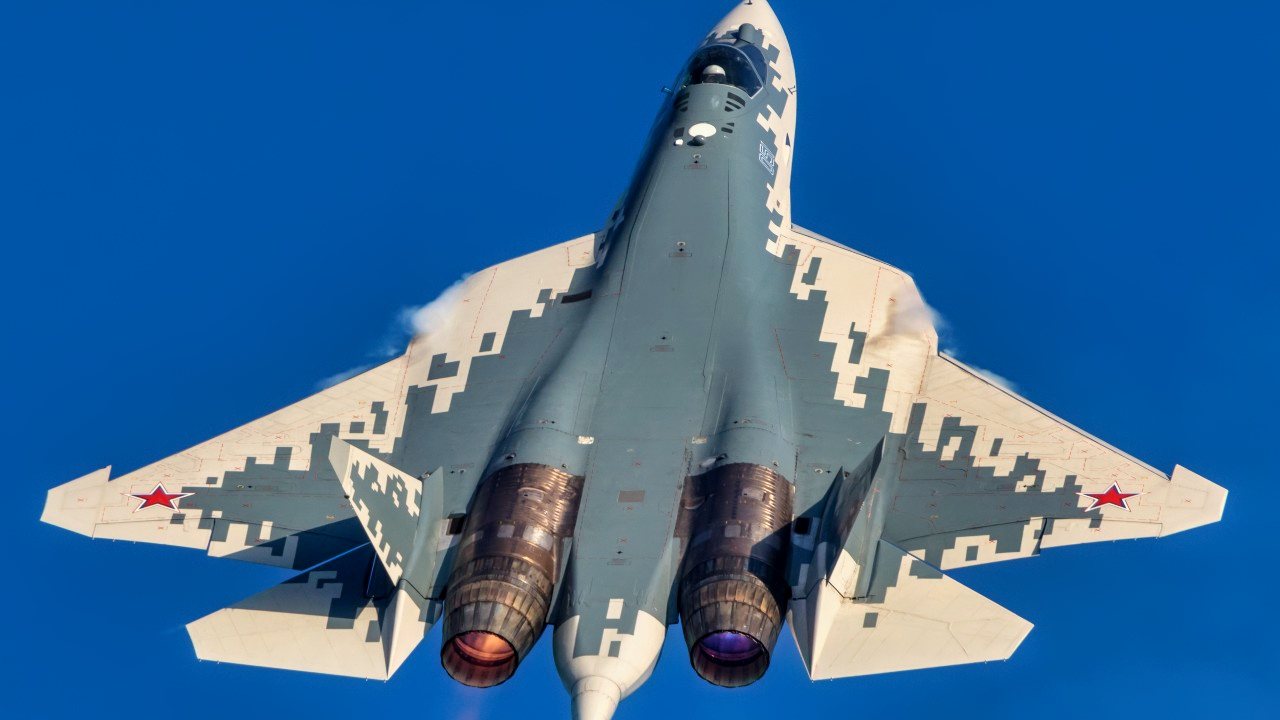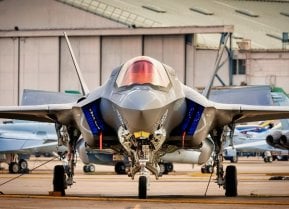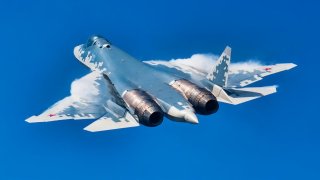Sukhoi Su-57 Felon: Russia's Stealth Fighter Looks Destined to Fail
Stealth would be a great asset in avoiding Ukrainian air defenses, enabling the Su-57 Felon fighter jet to inflict strategic strikes against the Ukrainian forces.
The race for the 5th generation stealth fighter jets has been going on for a while. The United States has two, the F-22 Raptor and F-35 Lighting II, China has two, the Chengdu J-20 and Shenyang FC-31, and Russia has one—the Su-57 Felon
But the Russian 5th generation stealth fighter jet is on par with its near-peer adversaries. A problematic design and production process combined with sanctions due to the invasion of Ukraine have hamstrung the Su-57 Felon and left it behind in the race.
The Su-57 Felon
To begin with, the Sukhoi Su-57 Felon is a multirole fighter jet capable of air-to-air and air-to-ground operations.
When it comes to stealth, there is serious discussion on whether the Su-57 Felon is a stealth fighter jet at all. Indeed, the Russian Ministry of Defense itself is hesitant to brand the aircraft as a stealth fighter jet.
Stealth doesn’t make an aircraft invisible but rather makes it harder for enemy radar and systems to detect. Moreover, stealth is the result of a combination of design, technology, and even special paint.
It appears that the Su-57 fighter jet comes short in these characteristics and is more similar to 4th generation fighter jets, like the F/A-18 Hornet and the Sukhoi Su-27 Flanker.
Moscow has a very limited number of Su-57 Felon fighter jets in service. The Russian Aerospace Forces followed a rather unconventional approach, pushing into service its first 12 Su-57 prototypes back in 2018.
Usually, the air forces use prototypes for just flight and technology testing, incorporating data toward the actual production aircraft that make up combat fleets. Prototypes are just that—often incomplete aircraft seldom suitable for actual operations. The fact that the Russian military decided to press into service the prototypes suggests a desperation to show a 5th generation capability regardless of whether it is actually operational.
The first production Su-57 fighter jet crashed soon after departing the factory.
The fighter jet hasn’t seen actual combat operations despite the fact that Russia is a country at war. There are several reasons for that.
Su-57 Felon and Ukraine
The Russian Aerospace Forces have had their fair shares of troubles over the skies of Ukraine. Despite a qualitative and numerical superiority, the Russian air force has failed to established air superiority in Ukraine.

With the help of the United States and NATO, Ukraine has created a powerful air defense umbrella around large parts of the battlefield, preventing the unrestricted operation of Russian aircraft.
The Su-57 Felon—if it can actually do what the Kremlin claims it can do—would be a great solution to this problem. Stealth would be a great asset in avoiding Ukrainian air defenses, enabling the Su-57 fighter jet to inflict strategic strikes against the Ukrainian forces.

But the limited number of operational aircraft combined with the question marks over the actual capabilities of the aircraft have forced the Russian military to block the use of the Su-57 in the war.
At the end of the day, Russia wants to sell the aircraft to other countries. If it were to engage—and fail—in combat over Ukraine, it’s marketability would fall significantly.
About the Author
Stavros Atlamazoglou is a seasoned defense journalist specializing in special operations and a Hellenic Army veteran (national service with the 575th Marine Battalion and Army HQ). He holds a BA from Johns Hopkins University and an MA from the Johns Hopkins School of Advanced International Studies (SAIS). His work has been featured in Business Insider, Sandboxx, and SOFREP. Email the author: [email protected].


